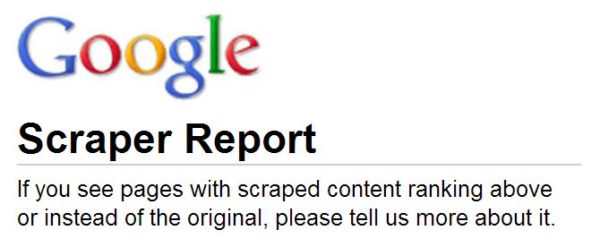- +91 9740873926
- +91 8042111388
Your SEO Services has been successfully servicing the SEO needs of many different companies, both large and small. Every website is a different entity and Your SEO Services has been
able to provide tailor made SEO solutions particular to every one of these
websites thus catapulting them into profitability via high rankings with the
various search engines.
Every SEO company
has its own SEO strategies and though some may be similar to other SEOs, it is
when and how they are applied that makes the difference. Your SEO Services is
confident in its techniques if its record of satisfied clientele is anything to
go by. Your SEO services offered by us not just makes your website rank on
the top but also help in attracting more customers and generating better
revenue from website.

At Your SEO Services, we
always value our clients. When our clients approach us they get the surety of
instant access to creative and workable ideas, best and in budget solutions and
top notch designs. We understand our client's needs completely which helps us
in doing our work effectively and efficiently. We always aim to maintain long
term business relationships with our clients. The customer is always
welcome to inquire on any topic and this consultation is offered free of
charge.
Professional SEO firms are
known by the quality of their work and their resolve to abide by the guidelines
charted by the search engines. At Your SEO Services SEO Company in Bangalore we
take all the steps necessary to constantly update our white hat SEO strategies
so as to continuously improve our well reputed SEO services. Our goal remains
the same and that is to give our clients value added SEO services. Our services
are not only cost-effective but also targeted to fit.

There is also link
building whereby in bound links are used to bring traffic to your website. This
is done by generating keyword rich links in promotional materials such as press
releases, blogs and articles. As potential clients read through any of the
promotional materials they are likely to follow the links into your site. The
promotional materials need to be distributed to reach the masses. Your SEO
Services SEO Company in Bangalore has achieved this by associating with
numerous article submission sites. You can thus be sure that your information
will reach millions. As an SEO company that is customer satisfaction driven,
Your SEO Services always stays in touch with its clients by deliberating on
progress and achievements made.
.jpg)
+91 9740873926
+91 8042111388





















